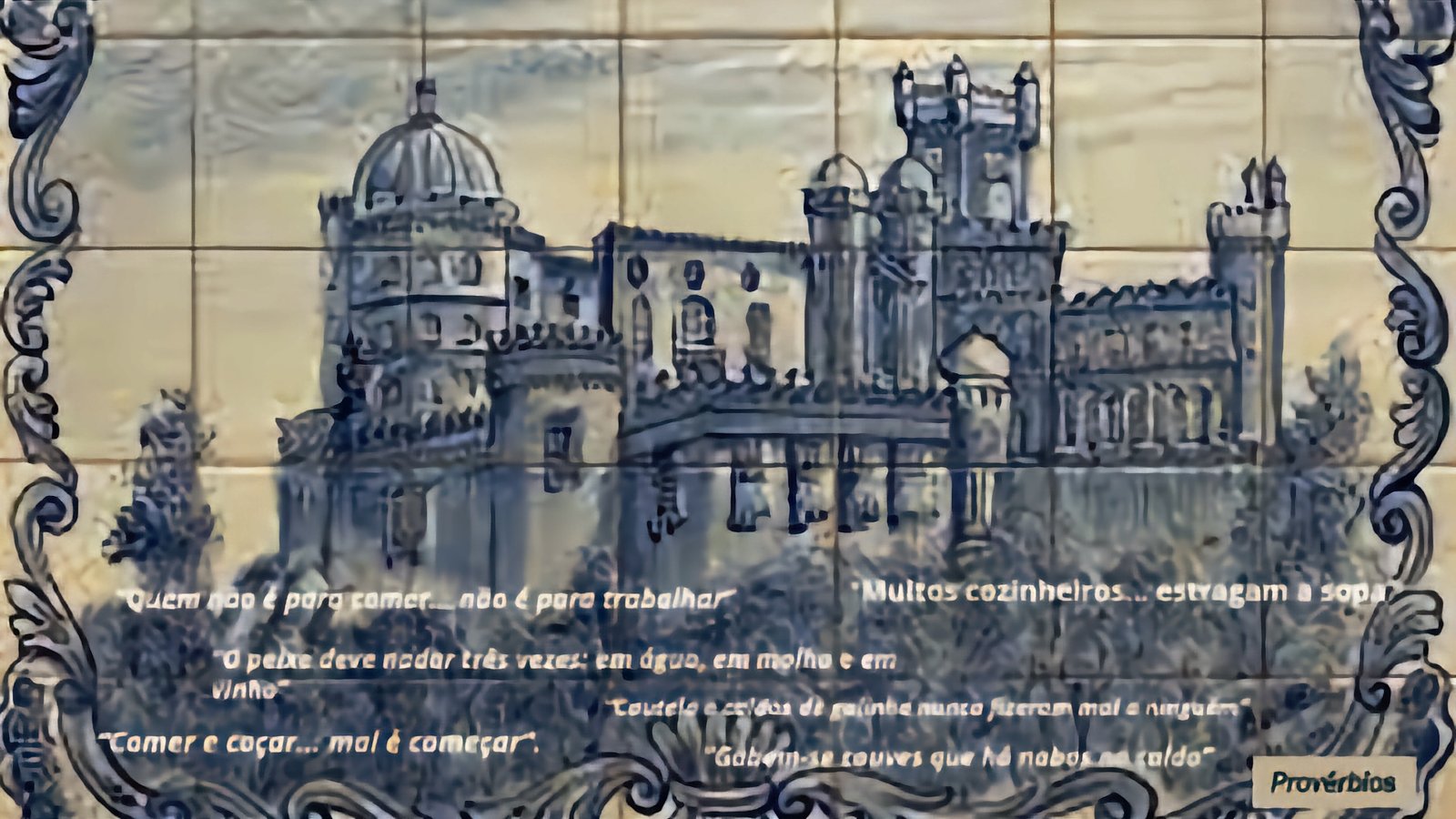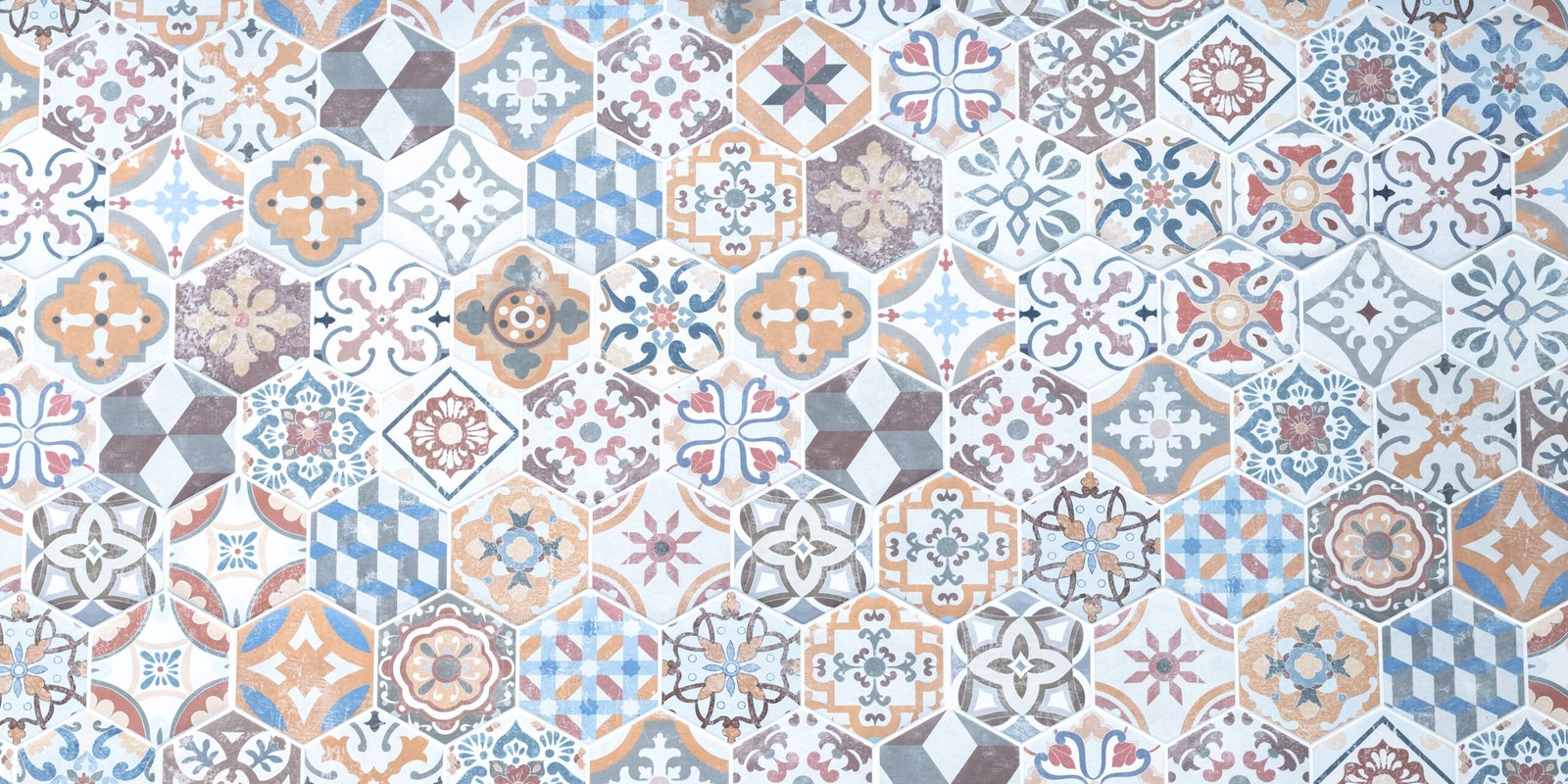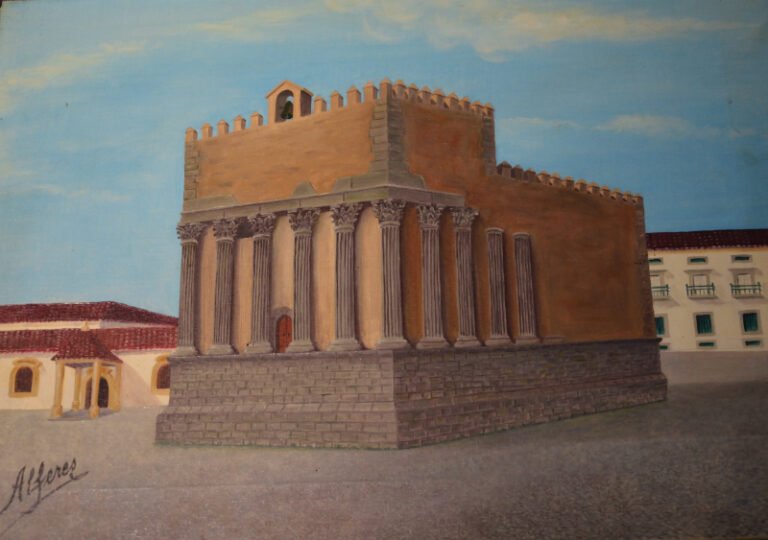Discover the world of Portuguese art, where centuries-old traditions meet modern creativity. From the intricate details of azulejos (painted tiles) to the soulful sounds of Fado, Portuguese art, music, and literature offer a captivating reflection of the country’s cultural heritage.



